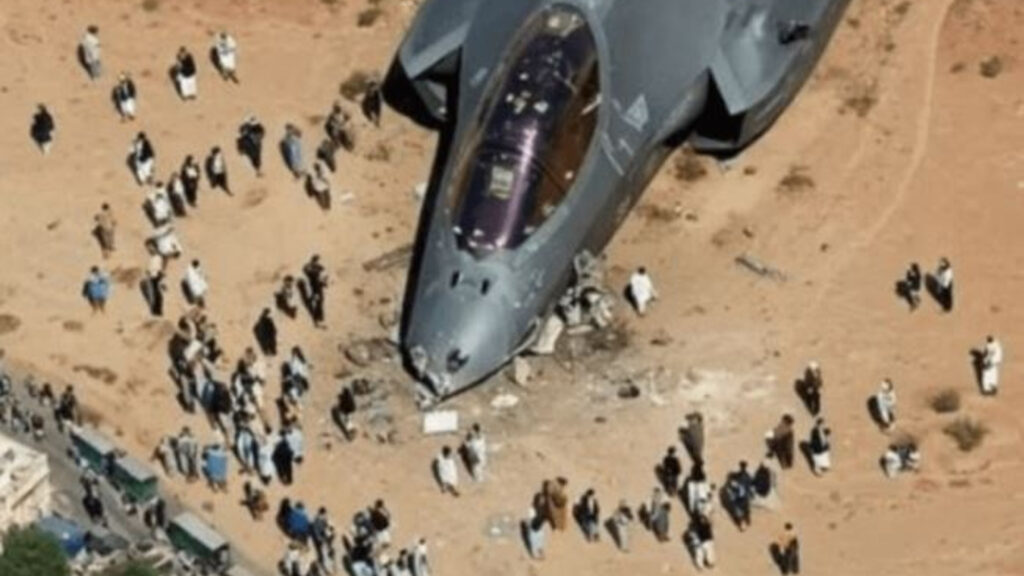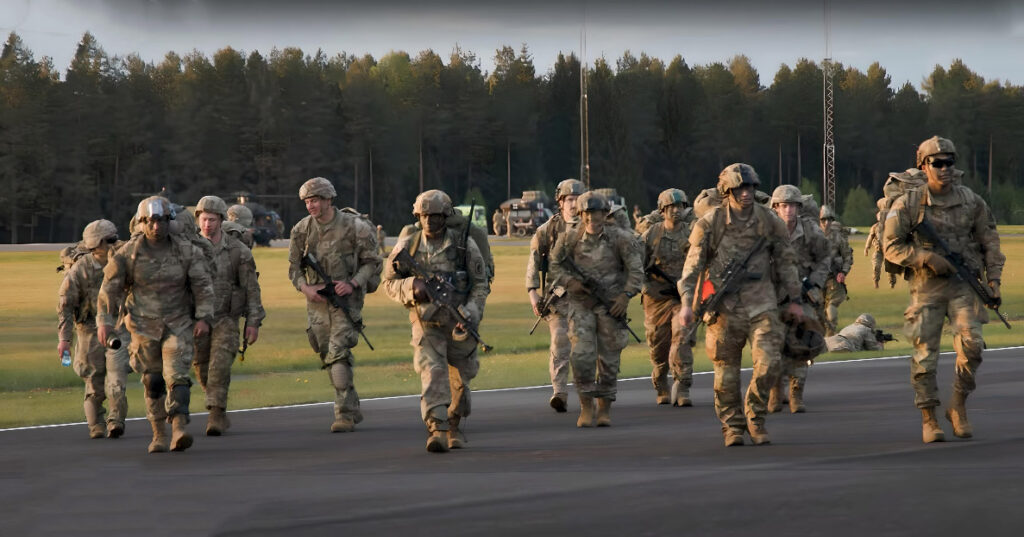On June 26, 2025, it became clear that the Iranian authorities’ loud statements about the destruction of five Israeli F-35 fighter jets and the capture of their pilots during the escalation of the conflict with Israel were not supported by any confirmed facts. Against the backdrop of a tense situation, accompanied by air strikes and the active use of electronic warfare, Iranian state agencies actively published materials designed to demonstrate the effectiveness of the national air defense forces and instill confidence in the audience.
A number of official Iranian media outlets, including Mehr, Tasnim, and IRIB, published photographs that allegedly showed the wreckage of the latest F-35 fighter jets, as well as the equipment of captured pilots. These images quickly spread across social media, where they became the subject of numerous doubts and ironic comments. Military aviation experts pointed out that the size of the fragments did not match the dimensions of real F-35s: the photos showed large elements that looked more like a model or the fuselage of a transport aircraft.
The conflict erupted on June 13, when Israeli forces launched a series of strikes on Iran’s nuclear infrastructure in Fordow, Natanz, and Isfahan as part of an operation called “Rising Lion.” Israel deployed about two hundred aircraft, including F-15s, F-16s, and stealthy F-35s. At the same time, there were massive attacks using electronic warfare, which, according to a number of publications, temporarily disabled radars and air defense guidance systems.
Against this backdrop, Iran announced the next day that it had shot down its first two F-35s, claiming that one of the aircraft had crashed near Fordow and that the pilot, a woman, had been captured. This was followed by new statements about three additional fighter jets shot down in the areas of Tabriz and Varamin. However, less than two weeks later, representatives of the Israeli military categorically denied these claims. Israeli Defense Forces spokesman Nadav Shoshani said that no F-35s were lost during the operations and that references to captured pilots were “part of a psychological operation.”
Analysts from Aviation Week and other military publications emphasized that the key feature of the F-35 remains its stealth technology, which makes it extremely difficult to detect even with modern radars. According to their estimates, Iranian air defense systems, including Raad complexes, are unlikely to be able to reliably lock onto a target of this class when decoy drones and electronic warfare systems are used.
In addition, independent experts who studied the published photographs suggested that artificial intelligence or computer graphics may have been used in their creation. The shape of the fragments, the absence of characteristic details of the airframe, and the inconsistency of proportions raised suspicions that the visual materials were produced specifically for media coverage of the conflict.
At the same time, other observers note that, despite the absence of F-35 losses, the campaign demonstrated the vulnerability of certain elements of Iran’s air defense. According to various estimates, the Israeli strikes destroyed a significant part of the S-300 complexes and radar stations, which could have long-term consequences for Iran’s defense capabilities.
In the end, the claims about the “mass destruction of stealth aircraft” remained unproven, and their dissemination became part of the information war. For many observers, this story became an example of how, in modern conflict, propaganda narratives and technologies for spreading false content can have an impact no less significant than actual combat operations.



